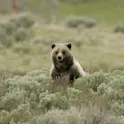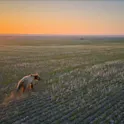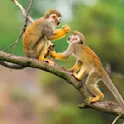
Health
26 Sep 2025
Protecting the protectors: as measles cases surge, how can we help healthcare workers get vaccinated?
Measles infections are on the rise, due partly to falling vaccination rates — and because of their work, healthcare workers and those around them are particularly vulnerable. In a new Frontiers in Public Health article, Nikki Heinze and her colleagues talk to healthcare workers in a London hospital to understand the factors that encourage or discourage measles vaccination. In this editorial, Heinze explores those factors, and calls for action to improve immunity screening, raise awareness, and support healthcare workers who want to be vaccinated.













